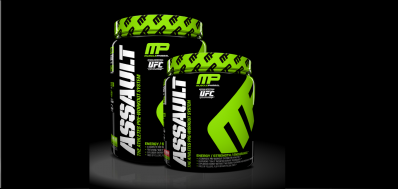EFSA draft opinion on niacin (vitamin B3): 13.2 to 16.5 mg daily

The PRI - an ideal level for the majority of people - of 1.6 mg, and a 1.3 mg average requirement (AR – a level that applies to at least half of the population) is being proposed by the European Food Safety Authority (EFSA) Panel on Dietetic Products, Nutrition and Allergies (NDA).
It is proposed for adults, infants and children, pregnant and lactating women as a niacin equivalent (NE) after synthesis in the body from the amino acid, tryptophan and consideration of calorie intake.
When that calculation is made, this equates to an AR of 5.5 mg NE per 1000 kcal consumed, and a PRI of 6.6 mg NE/1 000 kcal. So for a child or woman who consumes 2000 calories per day the NE would be 13.2 mg per day as a PRI. For a man who consumes 2500 kcal per day the NE level would be 16.5 mg per day.
Stakeholder input is requested for the water soluble vitamin during a consultation period that closes on March 28, 2014.
The Panel said little had changed since a previous assessment in 1993 carried out by the predecessor to EFSA, the Scientific Committee on Food (SCF).
Niacin deficiency can lead to a condition called pellagra, symptoms of which include diarrhea, dermatitis and dementia.
Niacin is typically found in meat, nuts, grains and milk.
This synthesis can be affected by iron, riboflavin (vitamin B2), vitamin B6, protein and calorie intake.
Niacin is a generic term for nicotinic acid and nicotinamide.
EU dietary surveys show average total pure niacin intakes range from 27 to 55 mg/day for adult men, slightly less in children and women.
The draft opinion can be found here.
US Dietary Reference Intakes (DRI) for sit at 14 mg/day for women and 16 mg/day for men.
Correction: This article has been amended because the levels proposed by EFSA were measured as niacin equivalent (NE) which factors in bodily tryptophan conversion and calorie intake, not just niacin as originally stated.















